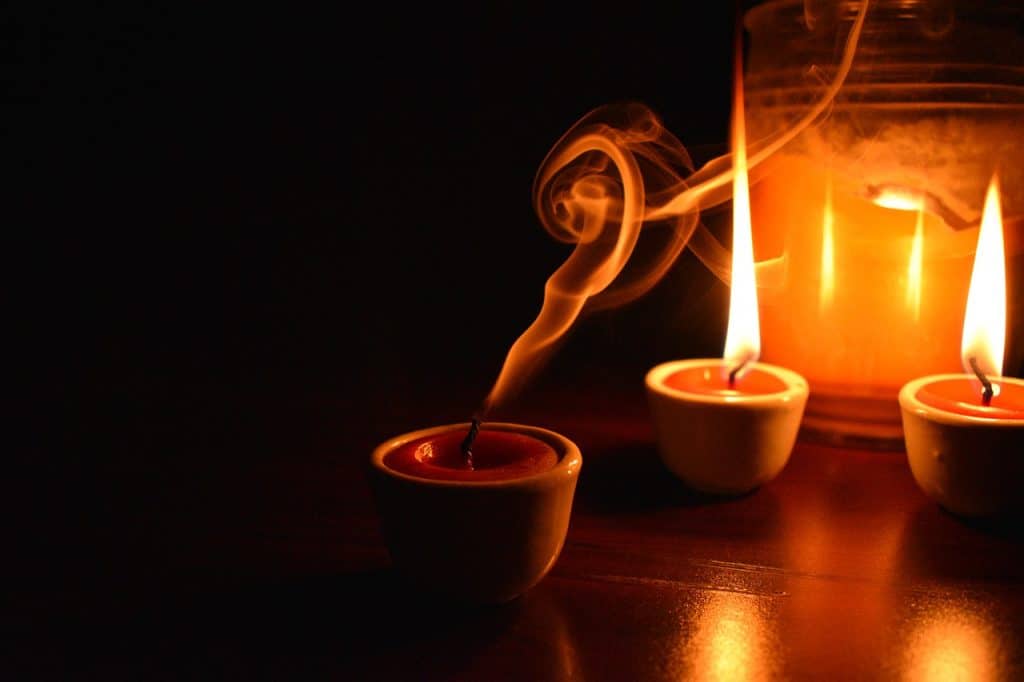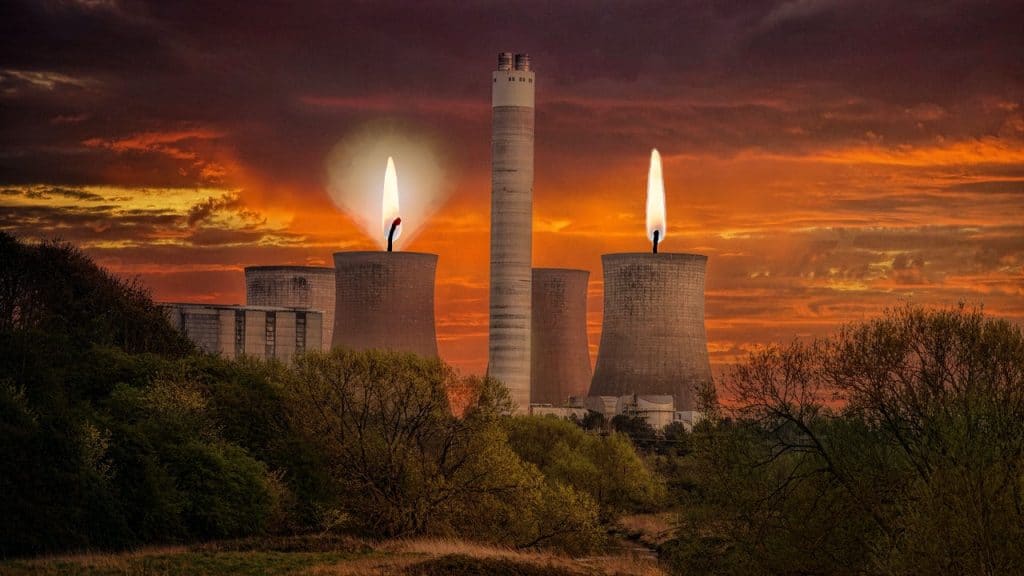Candles were first invented several thousand of years ago (although nobody knows exactly where and when this invention took place), and have been one of the major sources of indoor illumination for millennia. There are many different types of candles such beeswax candles, paraffin wax candles, tallow candles, soy candles and combination candles (which are usually made from different percentages of various materials) among others.
Candles used to be very popular and widely used several decades ago, however the invention of the electric light bulb changed everything.
A BRIEF INTRODUCTION TO CANDLES
Candles are very simple objects that are usually made from two different parts, which are; the candle wick and the candle wax.
Candle wax is the part of a candle that usually gives it its name (e.g. tallow candles, which are made from boiled down fat derived from the carcasses of slaughtered cows and other forms of livestock; beeswax candles, which are obtained from beeswax; paraffin wax candles, which are obtained from paraffin wax and so many others). Candle wax is typically made from materials which are solid at room temperature but can melt when subjected to a candle’s flame. This ability to remain solid at room temperature and melt easily under the influence of a small flame is one of the hallmark qualities of a good candle. And it is essential to the proper burning of a candle, because when a candle melts the liquefied wax can be absorbed by the wick and used to sustain the candle’s flame.

No flame, no matter how small can burn in the absence of fuel and oxygen. The candle wax sees to the provision of fuel in a candle’s mechanism as a result of the nature of the materials used in their making. Therefore, some types of candles reportedly burn cleaner than others (candles made from beeswax, for example, are known to burn a lot more cleanly compared to other types of candles, because they release relatively less soot relatively to all other candles).
TYPES OF CANDLES
There are different types of candles in the world. Many of them – if not all – are named after the type of materials used in making them. For instance, paraffin wax candles (which are some of the most popular types of candles in the world) are usually made from paraffin wax; which is a byproduct of petroleum processing. And tallow candles (which are some of the oldest types of candles in existence) are formed from tallow or boiled down fat obtained from the carcasses of cows and other types of livestock (including animals that cannot exactly be qualified as livestock e.g. sharks and other aquatic mammals).
Based on the type of material used in candle making, other types of candles include beeswax candles (obtained from beeswax), soy candles and other types.
However, candles can also be categorized by other criteria such as the following:
- Color
Candles can be categorized into different groups based on their color. Usually, candles can be found in different types of colors (such as white, red, blue, green, yellow, black, purple and many more). This is due to the fact that dyes can be added to melted candle wax during the candle making process. The type, quantity and concentration of the oil usually determine the intensity of the color in the candle formed.
White candles are the most common types of candles in the world, because many of them do not require added dyes before they are formed, particularly in the case of paraffin wax candles (other types of candles such as tallow and beeswax are usually some shade of yellow, upon formation. Such types of candles are usually bleached in order to whiten them completely).
- Scent
On the basis of scent, candles can be categorized into scented candles and unscented candles. Scented candles are the type of candles that usually contain some form of aroma or fragrance as a result of added perfume; which is usually added during the candle making process, while the candle is in its melted liquid form.
While some of the most common candles in the world are largely unscented, due to the fact that perfumes were not added to them during their formation process, there are some types of candles that give off their own aroma naturally. For instance, tallow candles are not completely odorless. When they burn they tend to give off a distinct aroma which some people may find unpleasant (as it is similar to the aroma of burning fat). In order to make such candles odorless, they must be treated specially. Likewise, beeswax candles are known to give off a natural aroma, which many people find appealing.
DO SCENTED CANDLES AFFECT AIR QUALITY?
Scented candles have become particularly popular in recent times because of their wide use in the field of aromatherapy (aromatherapy is a field of healthcare whereby scents and aromas obtained from natural sources – which are typically plant based – are used to relief stress and in treatment such as anger management). However, despite their increased popularity, there are quite a lot of concerns about scented candles. One of the most popular questions people have about them is: Do scented candles affect air quality?
But there is no simple answer to this question. This is because while there are many instances where the aroma emitted from scented candles is stated to make the atmosphere pleasant (particularly in terms of smell), it is still a fact that the act of candle burning actually uses up oxygen. After all, as stated earlier, no flame, no matter how small can burn in the absence of fuel and oxygen. The oxygen, which sustains the combustion of a candle’s flame, comes from the environment. And in the absence of proper ventilation, a room can become quite stuffy when candles – particularly scented ones – are lit in it, for a very long period of time.
Therefore, it is possible for scented candles to affect air quality in the absence of proper ventilation.




